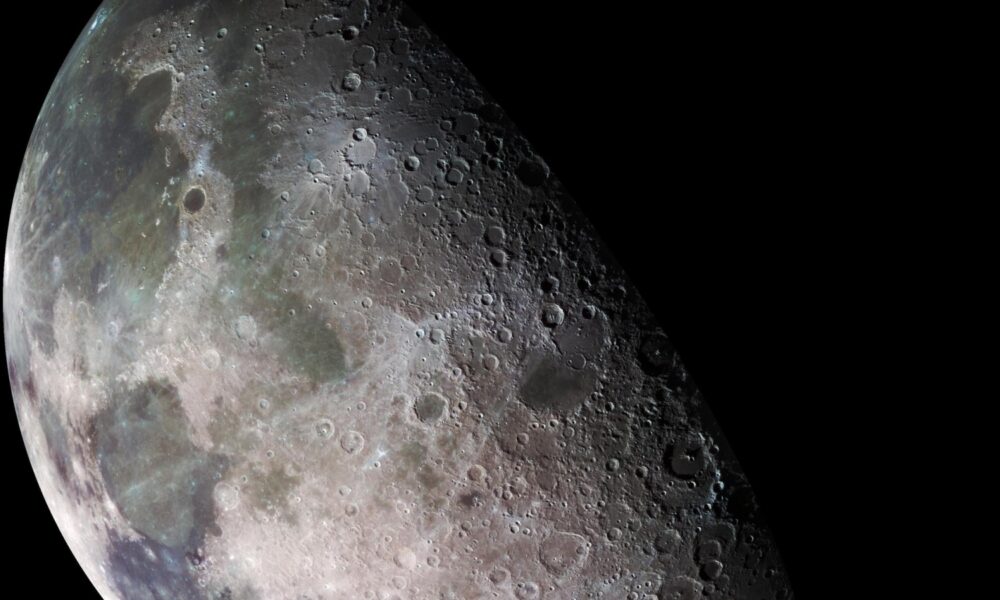
Scientists find evidence of solar-driven change on Moon
New York, Aug 23: Solar radiation could be a more important source of tiny lunar iron nanoparticles than previously thought, scientists have found.
Asteroid impacts and solar radiation affect the moon in unique ways because it lacks the protective magnetic field and atmosphere that protect us here on Earth. Both asteroids and solar radiation break down lunar rocks and soil, forming iron nanoparticles (some smaller, some larger) that are detectable from instruments on satellites orbiting the moon.
A team led by Northern Arizona University (NAU) scientists used data from National Aeronautics and Space Administration (NASA) and Japan Aerospace Exploration Agency (JAXA) spacecraft to understand how quickly iron nanoparticles form on the moon over time. Their findings have recently been published in the journal Geophysical Research Letters.
“We have thought for a long time that the solar wind has a small effect on lunar surface evolution, when in fact it may be the most important process producing iron nanoparticles,” said doctoral candidate Christian J Tai Udovicic, at NAU’s Department of Astronomy and Planetary Science.
“Since iron absorbs a lot of light, very small amounts of these particles can be detected from very far away — making them a great indicator of change on the Moon,” Udovicic added.
Surprisingly, the smaller iron nanoparticles seemed to form at a similar rate as radiation damage in samples returned from the Apollo missions to the moon, a hint that the sun has a strong influence in their formation.
“This study shows that the solar radiation could have a much larger influence in active change on the moon than previously thought, not only darkening its surface, but it might also create small quantities of water usable in future missions,” Udovicic said.
As NASA prepares to land the first woman and the next man on the surface of the moon by 2024 as part of the Artemis mission, understanding the solar radiation environment and possible resources on the moon are critical.
IANS
